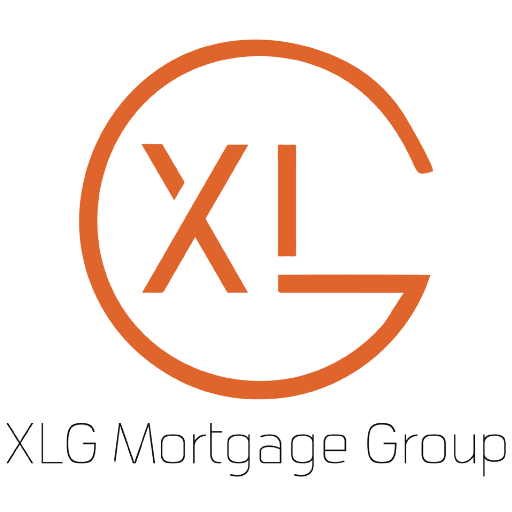One of the most critical decisions during the mortgage process is the interest rate lock-in. When purchasing a home or refinancing a mortgage, market interest rates can fluctuate daily or even hourly, affecting the total cost of your loan. A rate lock protects you from these fluctuations by securing an interest rate for a set period while your mortgage application is processed. Understanding how a rate lock works and its benefits can help you save money and ensure financial stability as you move toward homeownership.
An interest rate lock-in is an agreement between you and your mortgage lender that guarantees a specific interest rate for a set time period. This typically ranges from 30 to 60 days, though some lenders may offer longer periods. During this time, regardless of how interest rates fluctuate in the market, your locked-in rate will remain unchanged, protecting you from potential rate increases.
If rates rise after you lock in, you’ll still benefit from the lower rate you initially secured. However, if rates fall, you won’t automatically receive the lower rate unless you have a float-down option, which is a feature that allows you to adjust your rate if market rates drop.
Locking in your interest rate offers significant peace of mind and financial protection. It’s especially valuable if you expect rates to rise while your mortgage application is being processed. Here are a few reasons why locking in your rate is beneficial:
Peace of Mind
Securing a rate lock can reduce stress during the mortgage process. With your rate guaranteed, you can focus on other aspects of your home purchase or refinance, such as inspections, negotiations, and closing procedures, without worrying about sudden rate changes.
The length of your rate lock can vary depending on your needs and the lender’s offerings. Most rate locks are offered for 30, 45, or 60 days, though some lenders may extend locks to 90 days or even longer for new construction loans. Here are factors to consider when choosing the duration of your rate lock:
Cost Considerations
Some lenders may charge a fee for longer lock periods, while others may offer them for free. Be sure to ask about any costs associated with locking your rate for an extended period and weigh them against the potential benefit of rate protection.
While a locked-in rate is typically final, some lenders offer a float-down option, which allows borrowers to take advantage of a lower rate if market rates drop after the lock is in place. This option offers a compromise between rate protection and flexibility, giving borrowers the best of both worlds. However, float-down options often come with additional fees, so it’s essential to determine if the cost is worth the potential savings.
If you opt for a float-down feature, make sure to review the conditions carefully, as not all lenders will allow you to use it anytime rates dip. Some may only allow a one-time adjustment or have restrictions on how much the rate must decrease before the float-down kicks in.
It’s important to distinguish between a rate lock and a rate float. While a rate lock secures your interest rate during the loan process, a rate float allows your rate to fluctuate along with the market. You may choose to float your rate if you believe rates will fall before closing. However, floating comes with a risk: if rates increase, you’ll end up paying more over the life of your mortgage.
Borrowers who are comfortable with a little uncertainty and have the financial flexibility to handle potentially higher payments may opt to float. However, most buyers, especially those purchasing their first home, prefer the stability of a rate lock.
The decision of when to lock your rate depends on the market and your personal financial situation. Some borrowers choose to lock as soon as they get pre-approved for a mortgage, while others wait until they find a home or are closer to finalizing their loan. Here are a few guidelines:
An interest rate lock-in is a valuable tool that can save you money and provide peace of mind as you navigate the mortgage process. Whether you’re a first-time homebuyer or refinancing an existing mortgage, locking in your rate helps you protect your financial future from market volatility. Be sure to discuss your options with your lender and make an informed decision based on your financial goals, the market environment, and the timeframe for your loan closing.
Ready to take the next step toward securing your mortgage? Reach out to XLG Mortgage Group today for a consultation. Our experts are available to answer your questions, discuss your financial goals, and help you find the mortgage product that best suits your needs.
+1 905-206-0090
+ 1 833-932-0012
info@xlgmortgagegroup.com
5250 Solar Drive, Unit # 208,
Mississauga, Ontario, L4W 5M8
207-460 Hespeler Road,
Cambridge, ON, N1R 0E3

© 2025 Created with CDT